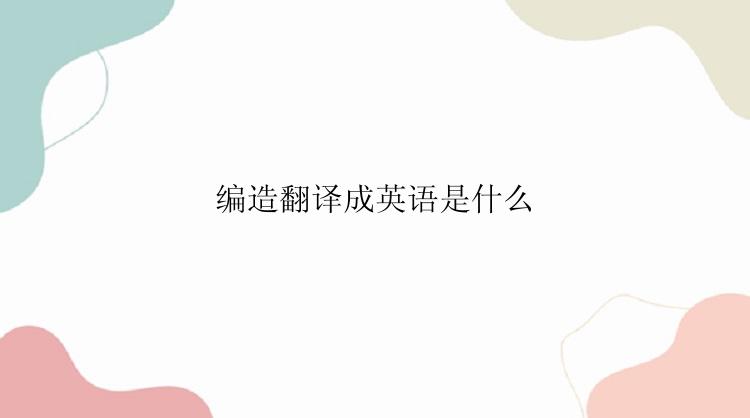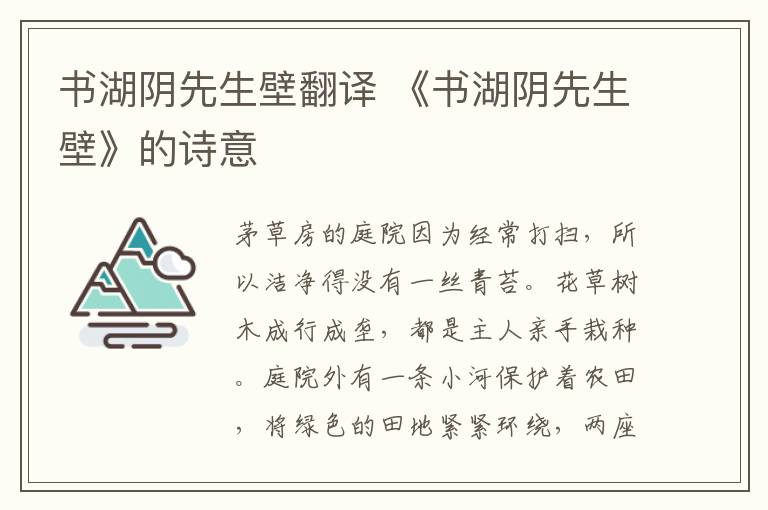
1. Introduction
As language becomes more globalized, translation becomes an essential skill for people across different cultures and industries. However, not all translations are created equal. Some may deliberately or accidentally include inaccurate or fabricated content, which can mislead readers and damage the reputation of the translator. One common form of inaccurate translation is known as "编造翻译" in Chinese, which means "fabricated translation". In this article, we will explore what "编造翻译" is and why it should be avoided.2. What is "编造翻译"?
"编造翻译" refers to deliberately or recklessly fabricating or distorting the meaning of the source text in the translation process. Examples of "编造翻译" include intentionally adding or deleting sentences or paragraphs, distorting the meaning of words, and exaggerating or downplaying the importance of certain information. This type of translation goes beyond simply making mistakes or misinterpreting the source text; it involves altering the content to suit the translator's agenda or interests.3. Why is "编造翻译" harmful?
"编造翻译" can have serious consequences for both the translator and the reader. For the translator, using fabricated or distorted content can damage their reputation and credibility, as well as potentially lead to legal or ethical violations. For the reader, trusting a "编造翻译" can result in misinformed decisions or actions, as well as a distorted perception of the source culture or language. In some cases, "编造翻译" can even harm diplomatic relations between countries.4. How to avoid "编造翻译"
To avoid "编造翻译", translators should strive for accuracy and objectivity in their translations. This means using reliable sources and avoiding personal biases or agendas. It also means being transparent about any uncertainties or ambiguities in the source text, rather than attempting to fabricate or manipulate the content to fit a certain narrative. As with any form of translation, maintaining the integrity of the source text should always be the top priority.5. Conclusion
In conclusion, "编造翻译" is a harmful phenomenon that can lead to serious consequences for both the translator and the reader. To avoid "编造翻译", we must prioritize accuracy, objectivity, and transparency in our translations. By doing so, we can ensure that translations serve as a bridge between different cultures and languages, rather than a source of confusion or conflict.





